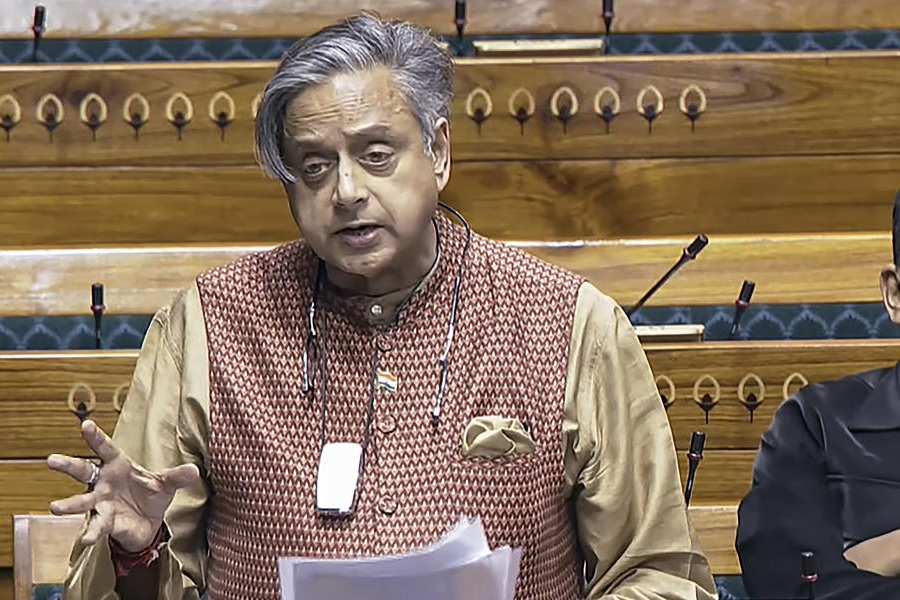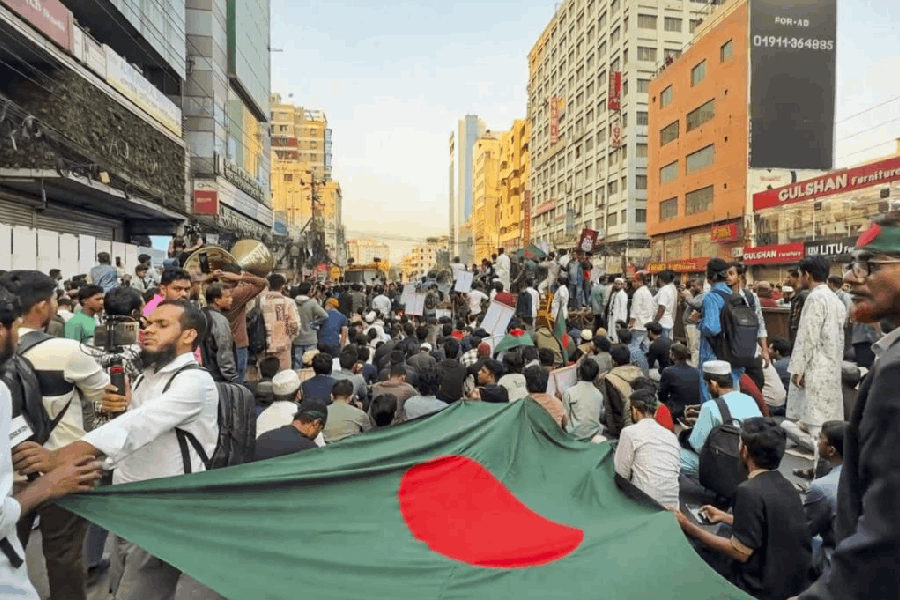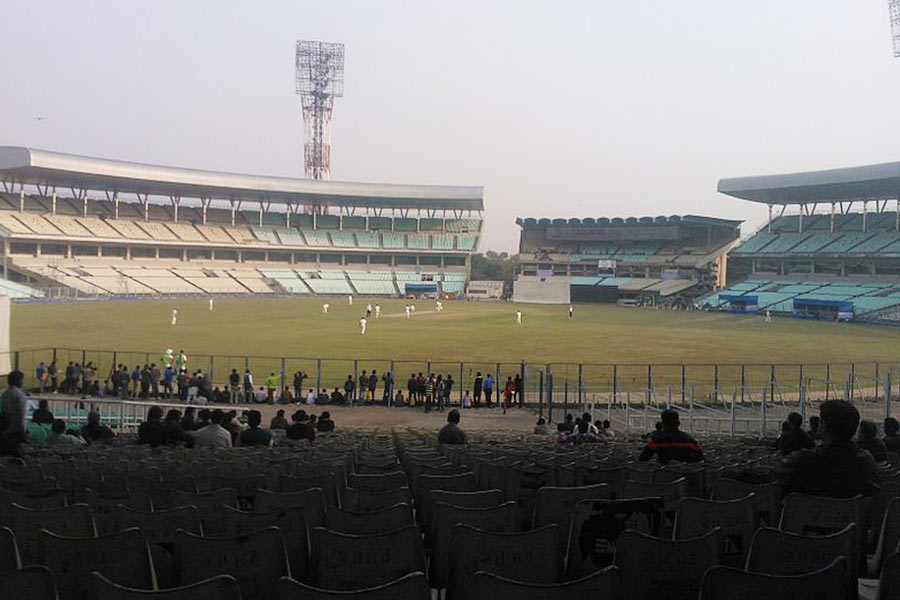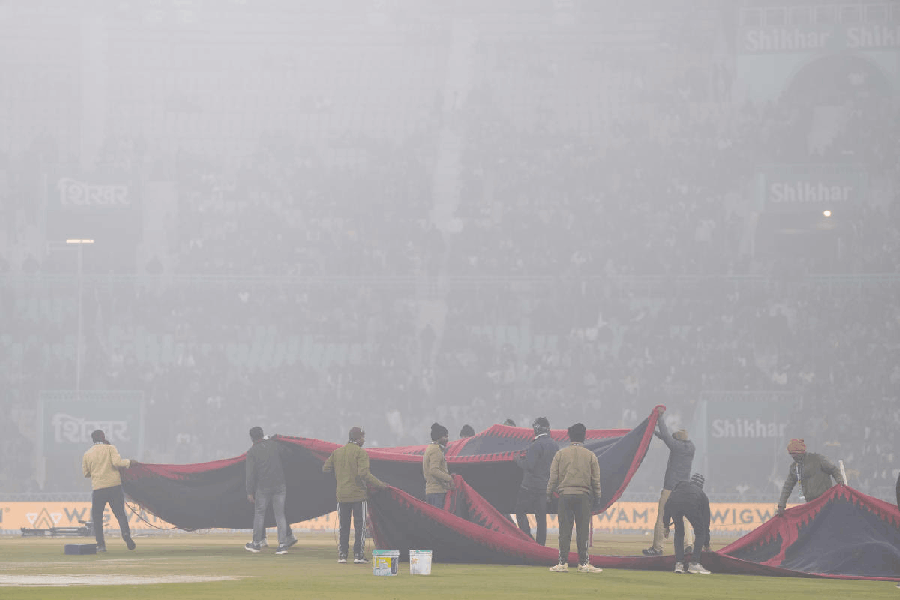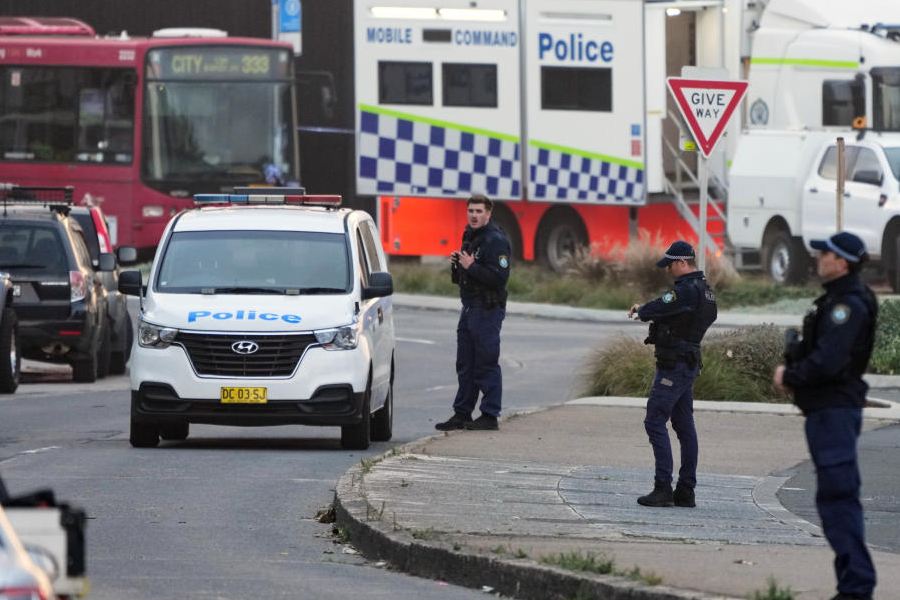A house may not always be a home. But it does provide shelter, a luxury that many cannot afford. The census of 2011 puts India's homeless population at 1.77 million. According to the office of the Supreme Court commissioner, this number is 3.7 million. These are the poorest of the poor, the ones most in need of the State's welfare. This, the Supreme Court recently pointed out, remains out of their reach owing to the lack of identity papers in the absence of proof of residence. While hearing a case on the plight of the homeless during winters, the court asked how the government plans to issue Aadhaar - a scheme meant to ensure that welfare reaches the neediest - to the homeless. The court hit the nail on the head when it enquired if the homeless people did not "exist" for the government. The response of the additional solicitor-general to the query was equally telling. He argued that the urban homeless are mostly migrant labourers - what about the rest? - and could apply for an Aadhaar in their native place. This flawed idea is one of the biggest hurdles in the way of a proper assessment of the homeless population. Large segments among the homeless have been living on the streets for generations, having lost their homes and lands to, among other things, floods and unscrupulous money lenders.
Extreme weather conditions cited by the apex court are not the only things plaguing those without shelter. The risk of road accidents and the constant threat of sexual violence are other persistent challenges. There is also the danger of eviction drives by the government, especially when foreign dignitaries visit, as happened in Hyderabad last year. Most states have not acted on the 2011 Supreme Court order of providing one homeless shelter per 1,00,000 people. The court later found that funds allocated for this purpose were either unutilized or diverted. Yet inadequate funds and the shortage of land are reasons cited for insufficient shelters. Repairing and renting dilapidated housing stock could be a way forward. The National Urban Rental Housing Policy, 2017, pending with the Union cabinet, could also effectively give shelter to the homeless, who cannot afford homes even with subsidies under schemes like the Pradhan Mantri Awas Yojana. But for any of these measures to work, the State first needs to acknowledge the existence of the homeless citizens. It is this invisibility of the underprivileged that is the crux of the problem. Ignoring the homeless will not make them go away.


